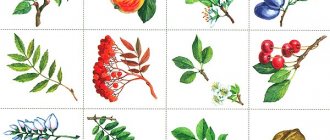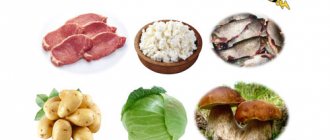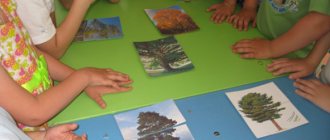Material for the lesson: illustrations depicting medicinal plants.
Progress of the lesson
IN.
Guys, look, we have received a letter! Who sent it to us? Instead of a return address on the envelope there is a riddle:
He healed sick animals
And Barmaleya won! (Dr. Aibolit.)
IN.
What do you think Dr. Aibolit treated animals with? (According to the fairy tale - with potions, pills, chocolate bars, I stroked their bellies.)
How are wild animals actually treated? (Plants.) How do they find them? (By smell.)
People have also known for a long time the benefits of medicines made from herbs (herbal medicine). All medicine began thousands of years ago with medicinal herbs. For example, Chinese medicine is still famous for its rich experience in herbal medicine. An important advantage of medicinal plants is the absence of side effects that can be caused by artificial chemicals. Today, special herbal medicine departments at medical institutes are studying traditional medicine.
In this letter, Doctor Aibolit asks you to help him collect medicinal plants. It is very important to know the origin of the medicinal herb. Therefore, we will now remember the plants growing in our forests, meadows and fields that are well known to us.
Before you go to harvest medicinal herbs, you need to know the plants well. What medicinal plants and herbs do you know?
Game “Name and Tell!”
IN.
I will show you a plant, and you will name it and tell me where it grows.
And now I will talk about medicinal plants, and you will find them in the pictures:
The leaves are patterned, the head is yellow with white petals, it is used as a decoction for rinsing and washing, for example, when there is a sore throat. (Chamomile.)
It grows along the road, in the meadow, loves the sun. The leaves are green, elastic, with thick veins. Used to stop bleeding, applied to the wound. (Plantain.)
This plant is said to “bite” because it has hairs on its leaves and stem that look like little syringes containing a caustic liquid. Cabbage soup is cooked from its leaves. Hair is washed with its decoction. Both animals and insects love it, especially butterflies.
Try to recognize this plant by its smell: it grows in swamps. People collect its root and make tinctures and tablets to calm the nervous system. (Valerian.)
This is a meadow plant and can also be found on forest edges. Each leaf consists of many (thousands) of small leaves. This is where its name comes from. It helps in treating the stomach and improves appetite. (Yarrow.)
They also know how to make salad from this plant, and sometimes jam—yellow and sunny! But the juice of this plant is like milk, very bitter. People collect only its yellow flowers.




